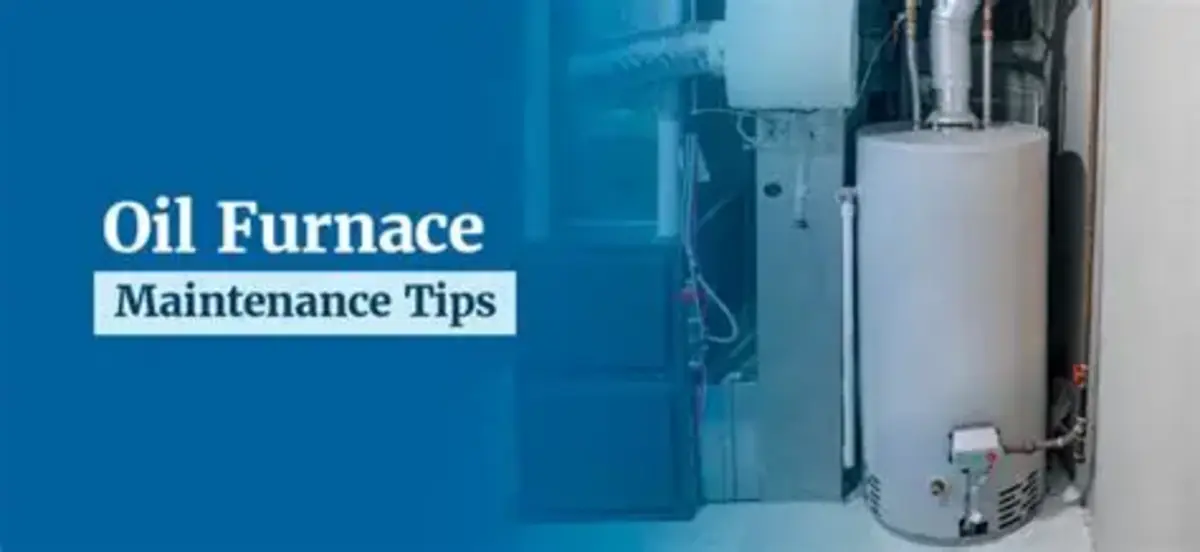Oil furnaces continue to be a dependable choice for heating in numerous residences and facilities, providing consistent comfort even in extreme cold. However, like all mechanical equipment, they require regular maintenance to ensure safe and efficient performance. Neglecting maintenance can lead to higher fuel bills, unexpected breakdowns, or even safety hazards. This guide acjakarta: covers everything property owners and facility managers need to know about maintaining an oil furnace—from routine checks to professional servicing.
Why Oil Furnace Maintenance Matters
An oil furnace is a significant investment, and its performance directly impacts comfort, safety, and operating costs. Properly serviced units may operate for 15–20 years, whereas poorly maintained systems typically break down far earlier. Key benefits of regular maintenance include:
- Energy efficiency – Clean components burn fuel more completely, lowering consumption.
- Cost savings – Preventing major repairs through early detection saves money long term.
- Reliability – Seasonal upkeep reduces the risk of mid-winter breakdowns.
- Safety – Proper maintenance minimizes the risk of oil leaks, carbon monoxide exposure, and fire hazards.
Seasonal Maintenance Checklist
Oil furnaces require attention at least once a year, ideally before the heating season begins. Here is a useful maintenance guide for property owners and facility supervisors:
Replace or Clean the Air Filter
A clogged filter restricts airflow, forcing the furnace to work harder and reducing efficiency. Most filters should be replaced every 1–3 months during heavy use.
Inspect the Fuel System
Inspect the oil tank, piping, and connections for any signs of leakage or rust. Minor leaks not only waste fuel but also create environmental hazards. Ensure the oil tank is on a stable surface and protected from extreme weather.
Clean the Burner Assembly
The burner mixes fuel and air for combustion. Over time, soot and residue can build up, leading to incomplete burning. Professional cleaning ensures optimal flame quality.
Check the Heat Exchanger
Cracks in the heat exchanger can release dangerous gases into the building. A qualified technician should inspect it during annual service.
Test the Thermostat and Controls
Verify that the thermostat is calibrated correctly and that safety controls are functioning. Smart thermostats can further improve efficiency by optimizing heating cycles.
Inspect the Flue and Chimney
Blockages or buildup in the venting system can restrict airflow and cause carbon monoxide hazards. Ensure the flue and chimney are clean and unobstructed.
Professional Servicing
While property owners can handle some basic tasks, certain jobs should be left to licensed professionals. A yearly tune-up typically includes:
- Adjusting the burner for proper combustion.
- Cleaning the nozzle, electrodes, and combustion chamber.
- Testing fuel pressure and pump performance.
- Performing a combustion efficiency test.
- Checking safety switches and ignition systems.
This professional tune-up ensures the system is operating at peak efficiency, preventing costly repairs and extending the furnace’s lifespan.
Common Signs Your Furnace Needs Attention
Even with regular maintenance, issues can arise. Watch for these warning signs:
- Unusual noises such as banging, squealing, or rumbling.
- Visible smoke from the chimney or exhaust.
- Uneven heating in rooms or floors.
- Frequent burner cycling on and off.
- Rising fuel bills despite normal usage.
If these occur, schedule service immediately to avoid further damage.
Extending the Life of Your Oil Furnace
Beyond annual servicing, homeowners and building operators can take proactive steps to get the most from their equipment:
Ensure the space surrounding the furnace is tidy and clear of clutter.
Choose premium-grade heating oil to minimize residue and prolong the lifespan of furnace parts.
Install carbon monoxide detectors near living spaces for added safety.
Monitor oil levels regularly to avoid running the tank dry, which can introduce air and sludge into the fuel system.
Conclusion
An oil furnace is more than just a heating appliance—it’s the heart of comfort in homes and buildings during cold months. By committing to regular maintenance, property owners can ensure their system runs efficiently, safely, and reliably for years to come. Partnering with professional service providers for annual tune-ups is a small investment compared to the cost of emergency repairs or early replacement.
Proper care pays for itself in lower energy bills, longer system life, and peace of mind. A well-maintained oil furnace is not just about warmth—it’s about confidence in your building’s comfort and safety all winter long.



